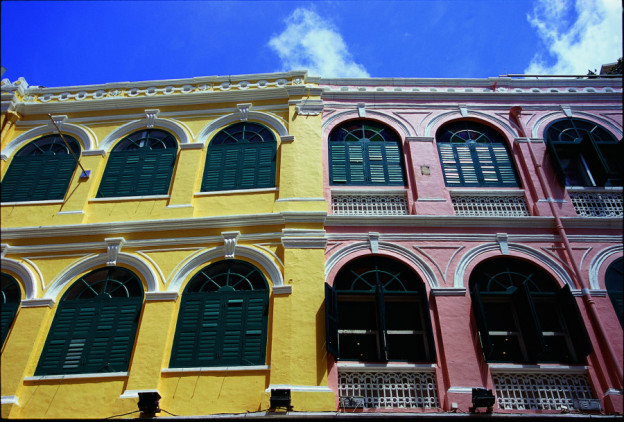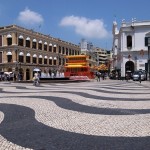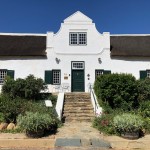Andy Mossack takes a close look at the highlights around the historic centre of Macao.
The cars were all parked by the side of the road in the usual manner, but there were two that were different from the others. Both sets of wipers were sticking out. Either there was a strange type of vandalism going on, or there was something else afoot. The puzzle was solved in the adjoining street, where I found a small, wizened man on an ancient bike armed with a bucket and mop. It seems I had witnessed the handiwork of one of Macao’s fabled roving car washers; these gents clean your car, sign off their work by pulling out the wipers and then vanish. They reappear to collect their money at the end of the week though!
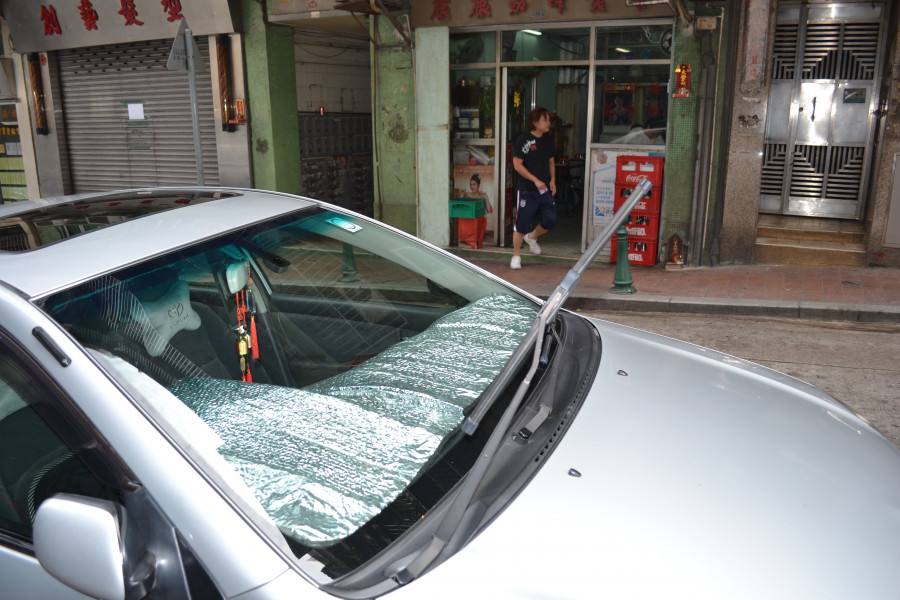
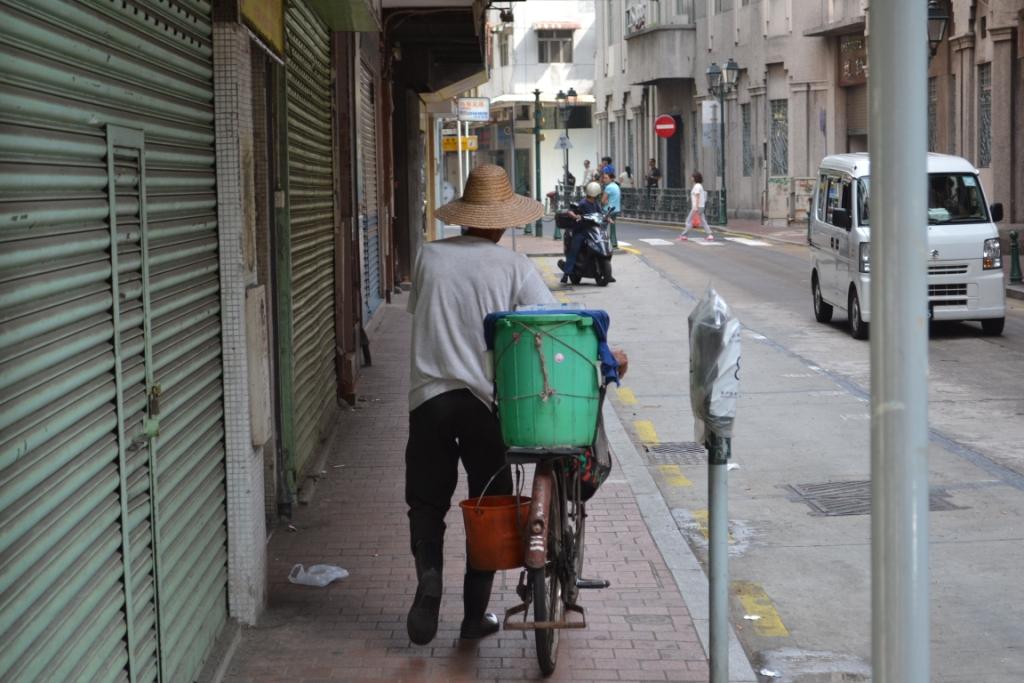
Lisbon Lookalike
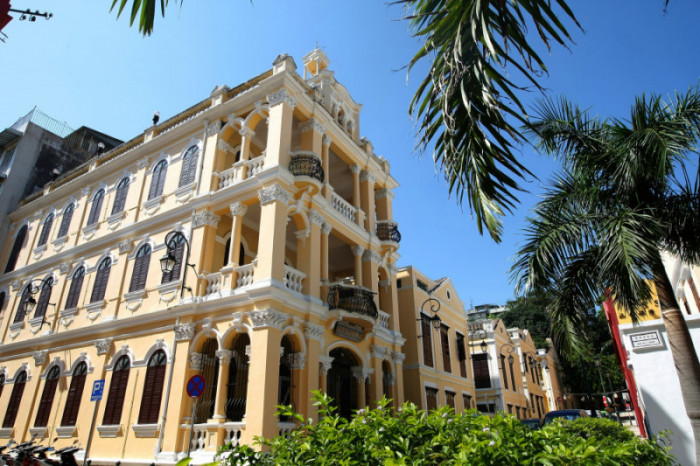
The mysterious window washer aside, my stroll through Macao’s historic old town was almost a journey of revelation. As I wandered around the narrow streets, the old UNESCO protected centre gave up its centuries of secrets willingly, letting me uncover more than enough to challenge my perception of Macao as just a gambling destination perched on the tip of China. In some respects, old Macao seems very familiar to anyone who has been to say Lisbon or Porto.
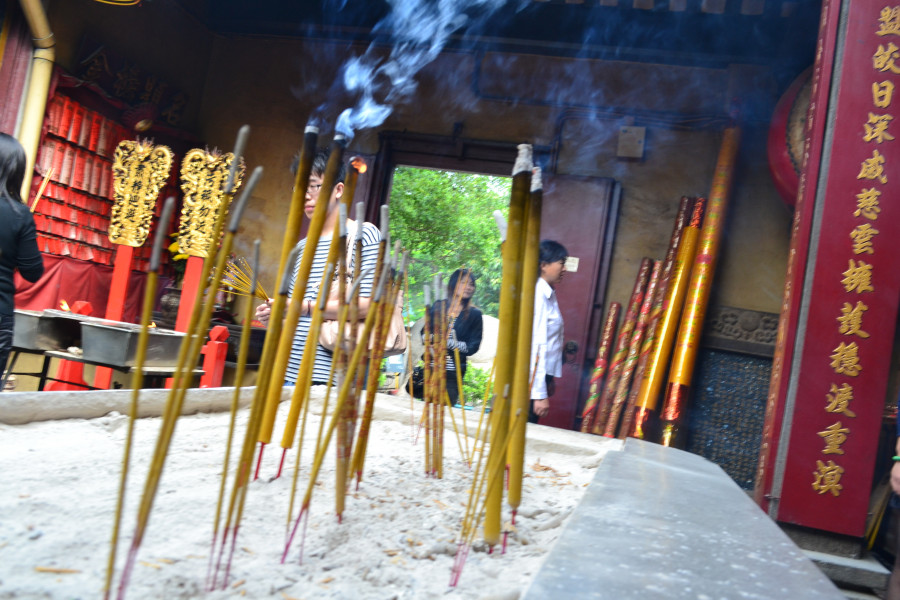
The architectural legacy is authentic Portuguese European; the wide piazzas, the tiled pavements, the street names, the white and yellow neoclassical buildings, the gardens and the baroque churches, all courtesy of the Portuguese traders and Jesuits who came here in the early 1500s. Then again, it’s also undeniably Chinese too, with its tangle of Taoist temples festooned with burning incense, tea shops, shop houses flogging everything from almond cookies and dried shark’s fin to traditional Chinese medicines, hidden courtyards and the people, bikes and sounds of the Far East.
The Red Market
I found myself wandering around the Red Market area. Macao’s red-bricked 1930s indoor market is three floors of live chickens, fresh meat and fish and exotic fruit and veg. Actually, there is more going on around it than inside it. The stalls and shops in the streets all around are filled with clothing and accessories at bargain-basement prices, the result of Macau’s intense collection of textile and garment factories supplying Europe and the USA. Perhaps they are genuine run-ons or seconds, who knows, but there’s no doubting there are bargains to be had aplenty. I made an impulse purchase; a ‘designer-labelled’ windcheater for $120 Macao Patacas or MAP, a little over £11.
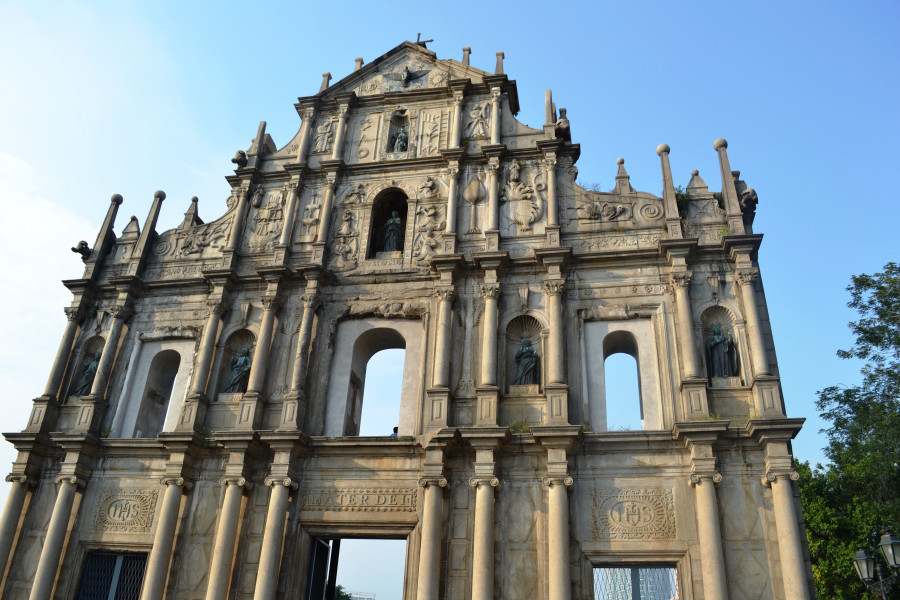
There’s no getting away from the old town’s pride of place though. The haunting facade of St. Paul’s church is all that’s left of a once-grand building that was all but destroyed in a fire in 1835. Today it remains as a poignant symbol of Macao’s religious travails and in the adjacent building lie the bones of its martyrs. From its lofty perch, you walk down past the antique shops and almond cookie bakeries to the wide Senado Square, the meeting place for just about everybody in the world.
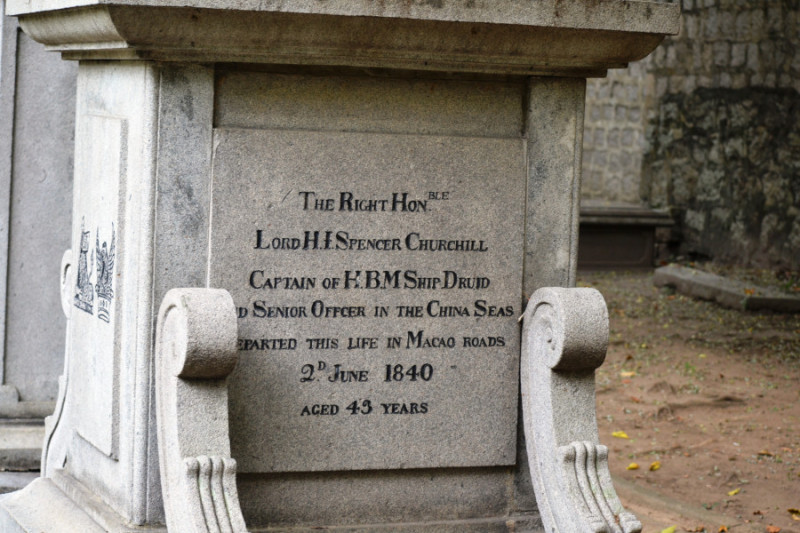
North of St. Paul’s next to the Casa Garden, once the HQ of the East India Company, lies the protestant cemetery where many serving men from Europe and the USA are interred. It’s a very peaceful place where many people come to sit and contemplate.
Camoes Garden
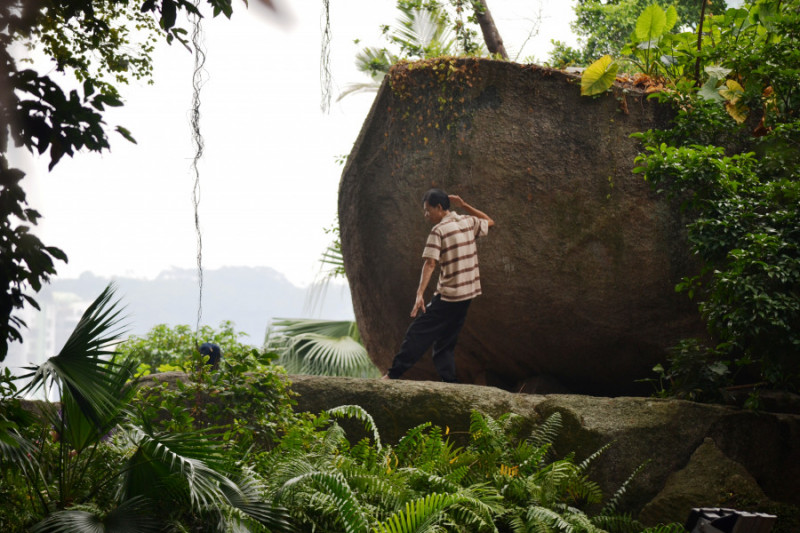
Talking of contemplating, I found a lot that going on in the gardens of Macao. In particular, the nearby Camoes Garden locals practise Thai Chi and meditate between the pagoda trees and rocks whilst men walk around ‘exercising’ their caged birds! Just couldn’t overlook the opportunity to do my own spot of meditating too.
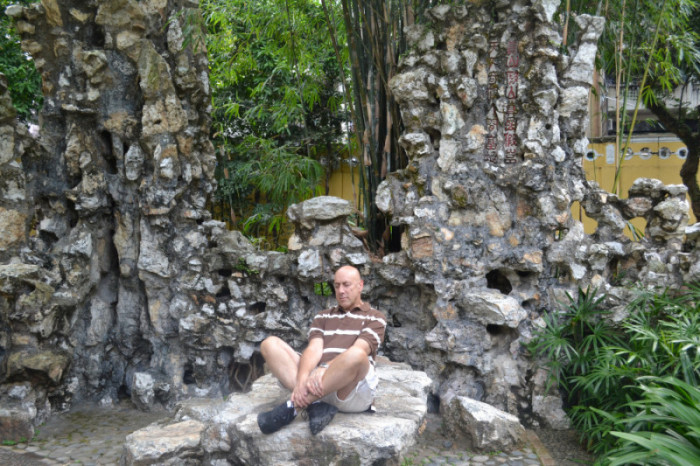
Strolling away from St. Pauls, there’s no shortage of historic churches. The Cathedral, St Dominic’s, where the annual Lady Fatima procession begins, St. Joseph’s where a relic of East Asia’s first missionary rests, and the delightful St. Augustine’s amongst many others.
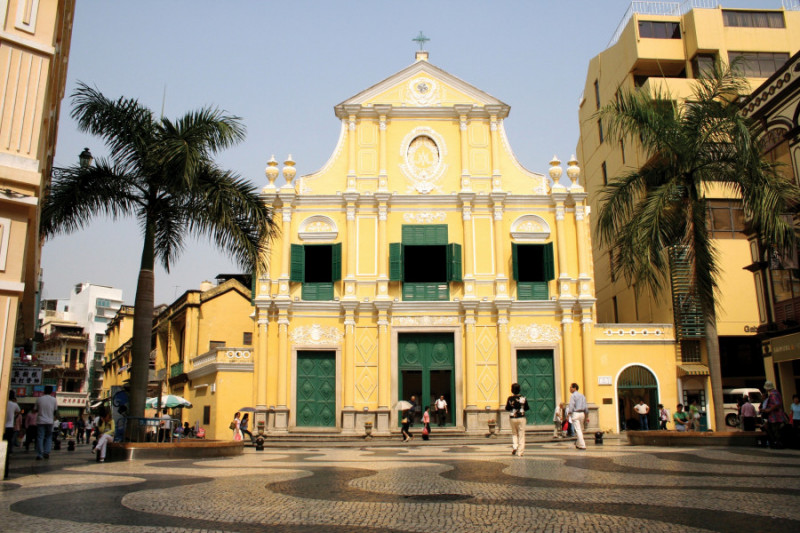
But it’s not all about the churches. There’s the impressive Mandarin’s House and the Feng Shui inspired Lou Kau Mansion, and way up high, the Mount Fortress now the Macao Museum, where the views are spectacular.
The Portuguese may well have officially relinquished their administrative hold on Macau back in 1999 when it became a ‘Special Administrative Region’ or SAR of the People’s Republic of China like its neighbour, Hong Kong, just an hour away by ferry, but their cultural and historical influences remain. The historic centre is a true gateway between east and west.
All images (C) Andy Mossack
Tell me more about Historic Macao
Macao Tourist Board has plenty of information on tours, sights and maps. Also, read Andy’s feature on Macao’s foodie scene.

